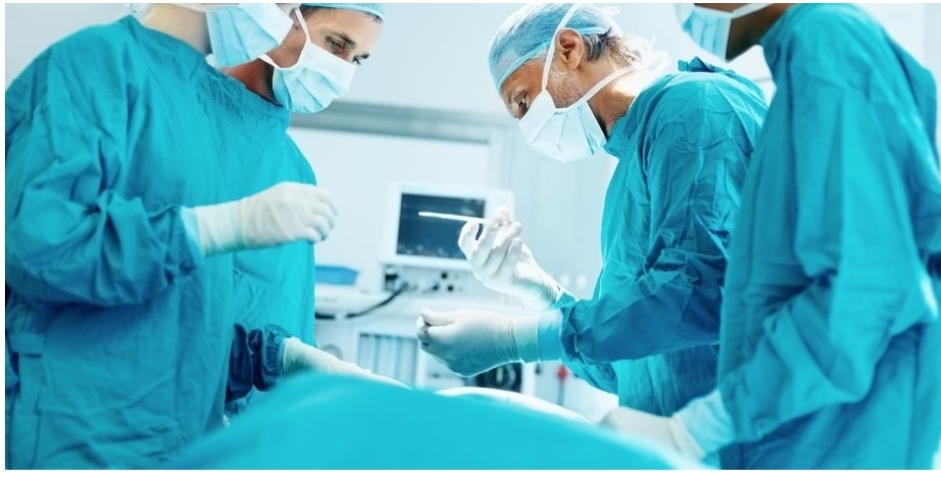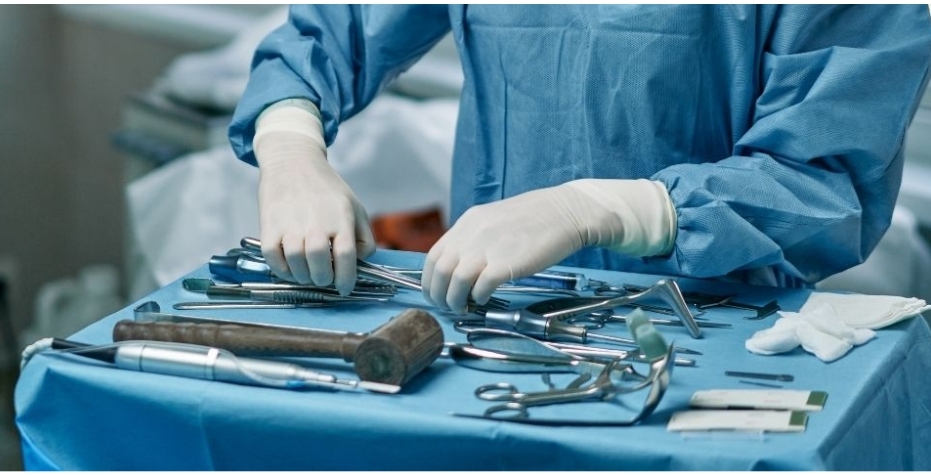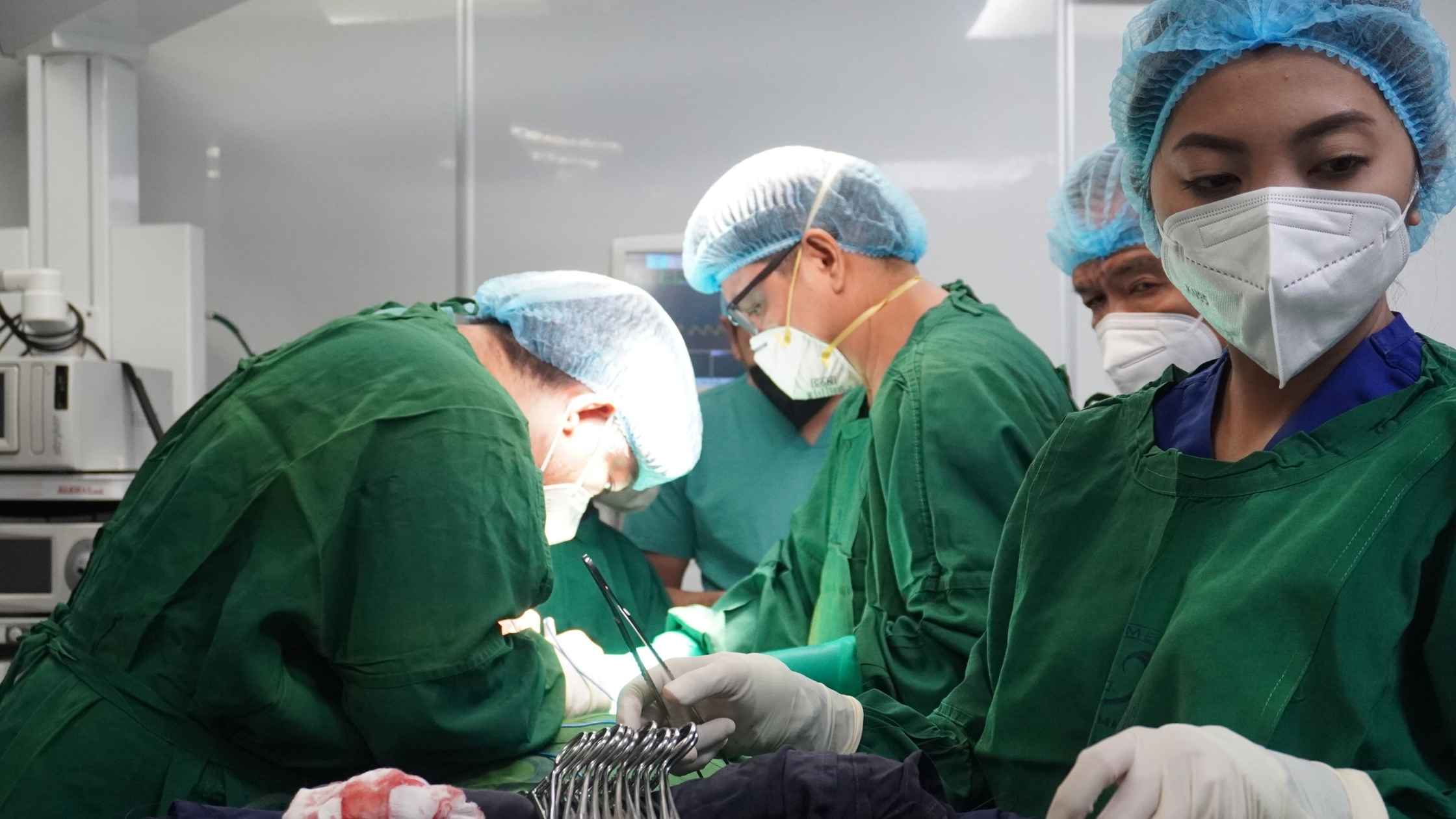For long-term treatment from pilonidal illness, the correct surgical choice is absolutely vital. Experienced surgeons know the difficulties of this illness and wish to be clear about the several surgical choices at hand. This article will walk you through what to expect when considering pilonidal surgery and how we handle pilonidal cyst removal surgery to attain the greatest outcomes for our patients.
What is Pilonidal Disease?
Usually brought on by hair and trash becoming caught beneath the skin, pilonidal illness is the development of cysts or abscesses near the tailbone. Oftentimes, this disorder produces swelling, discomfort, and agony. In severe situations, it results in infections calling for surgical intervention.
Finding the appropriate treatment starts with knowing the type of pilonidal disease one suffers. Should conservative therapy fail, surgery becomes the most successful way to stop recurrence and permanently solve the issue.
When Is Appropriate for Surgery?
Usually advised is surgical intervention when:
- The pilonidal cyst or abscess is infected or causes recurrent pain.
- Antibiotics cannot cure the infection.
- The constantly forming cysts cause pain.
In these situations, usually the best option is pilonidal cyst surgery. Complete removal of the cyst or abscess is the aim, therefore avoiding more problems. At Allen Kamrava MD MBA, we guarantee little discomfort and shorter recovery times by applying the most modern techniques.

Variations in Pilonidal Surgery
Not a one-size-fits-all operation is pilonidal surgery. The size and degree of the cyst will determine the numerous surgical choices that are possible. The most often used techniques are summed here:
1. Primary Closure and Precision
Among the most often used techniques of removal for pilonidal cyst is this one. The surgeon eliminates the cyst and surrounding tissue during this operation. Sutures close the wound then. Although this is a good choice, it can call for a lengthier recovery period and carry some chance of the cyst resurfacing.
2. Flap Work
Flap surgery could be advised in more complicated cases or when the incision is significant. This entails cutting the cyst to produce a healthy tissue flap covering the surgery site. Patients with big pilonidal cysts or those with recurring infections especially benefit from this approach.
3. Procedure of Cleft Lift
Among pilonidal surgeons, the relatively modern cleft lift is a rather popular method. To stop next infections, the cyst is removed and the skin around the tailbone is reshaped. Comparatively to other techniques, the cleft lift operation has been demonstrated to have a reduced recurrence rate and faster healing time.
4. Laser Corrective Action
One creative, least intrusive solution is laser excision of pilonidal cyst. This operation removes the cyst and surrounding tissue using a laser, therefore reducing postoperative pain and maybe accelerating recovery. It is not appropriate for every situation, though, and not every surgeon is taught this approach.
What Happens During Pilonidal Surgery?
The sort of surgery you are undergoing will determine the precise specifics of the treatment. Nevertheless, depending on the intricacy of the situation, all pilonidal operations are carried out under general, regional, or local anesthetic.
During the Surgery, The Surgeon Will:
1. Prepare the area The surgeon will sterilize the skin.
2. Remove the cyst Eliminate any contaminated tissue and the cyst.
3. Close the incision either with a flap covering the region or sutures.
The procedure affects the recovery times. While individuals having flap surgery or laser treatments may heal more quickly, patients undergoing excision and primary closure may need several weeks for complete recovery.
Following Surgery: What Anticipations
Ensuring best healing and avoiding infection depend on the recovery process following pilonidal cyst operation. You should anticipate this:
- Medication for pain: Following the surgery, you can feel uncomfortable, swollen, or in pain. This is common; painkillers will help control these symptoms.
- Wound care: Refers to Maintaining a dry and clean surgery area helps to avoid infections. Your surgeon will give thorough guidelines for after-operative treatment.
- Schedule follow-up visits: Monitoring healing and guaranteeing no issues depend on these consultations. Frequent visits will enable early discovery of any recurrence indicators.
Long lengths of sitting should be avoided since this can strain the healing site. Following these rules will help to guarantee a successful and seamless recovery.
When Should One See Your Surgeon?
Although most individuals recover nicely following pilonidal surgery, some symptoms should cause you to call your surgeon:
- Intense suffering not eased by drugs.
- Odd wound drainage.
- Indices of an infection including redness, warmth, or fever.
Throughout their recuperation, we constantly advise our patients to call out with any questions. Early intervention can assist to solve problems before they get more severe.

Conclusion
For those with chronic pilonidal illness, excision of a pilonidal cyst is a quite successful therapy. There are numerous surgical choices; however, it is advisable to see a pilonidal surgeon who can direct you toward the most appropriate one depending on your particular requirements. Whether you have conventional excision, flap surgery, or a less invasive operation like laser surgery, the objective always is to eliminate the cyst and guarantee a complete recovery.
Recall, the proper surgical decision can significantly affect the long-term management of pilonidal disease as well as the recovery process. See Allen Kamrava MD MBA without delay if you have pilonidal cyst symptoms. We are here to enable you to move forward toward a life free of pain.
